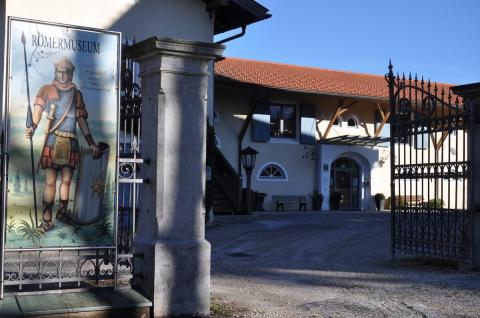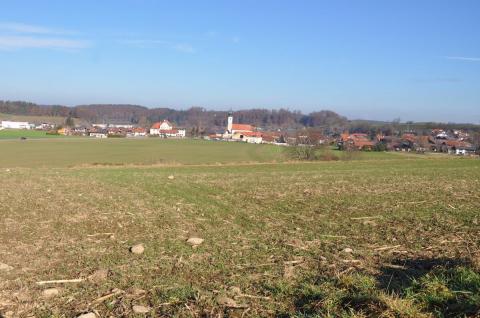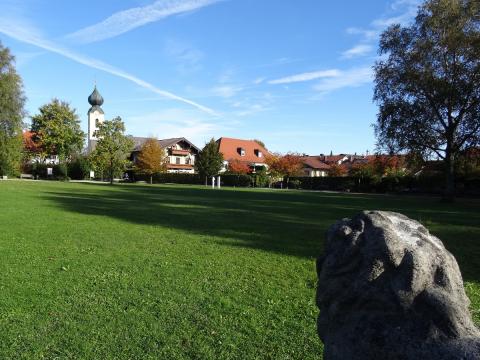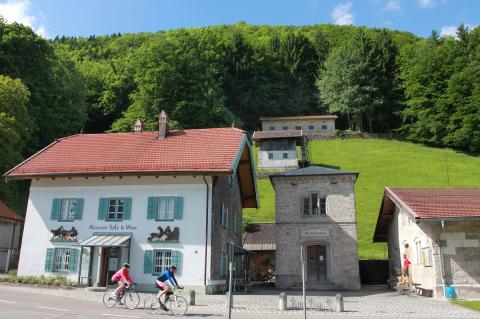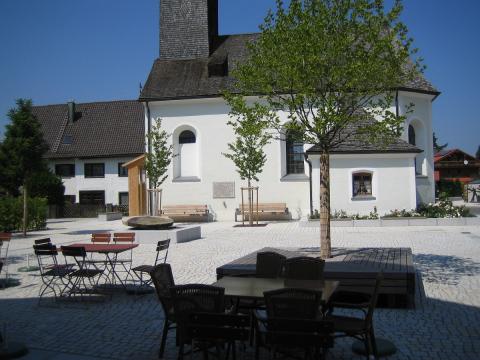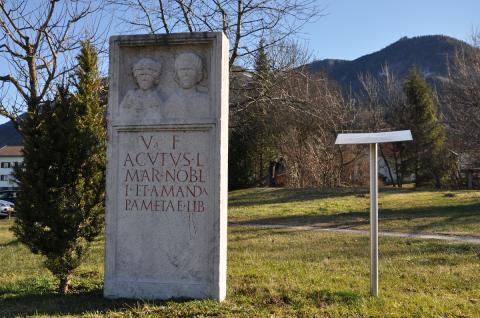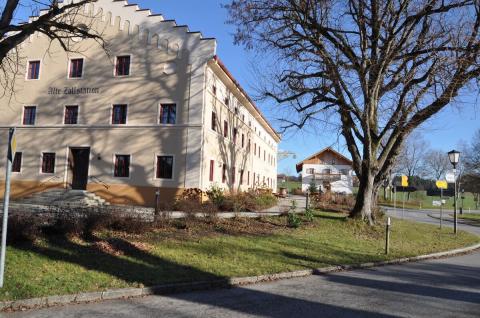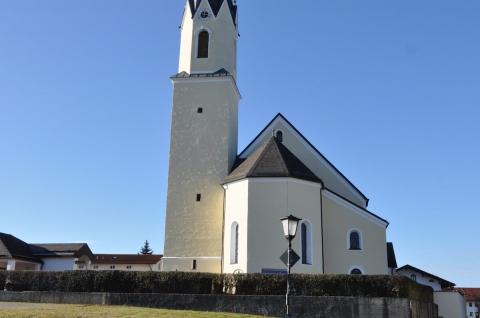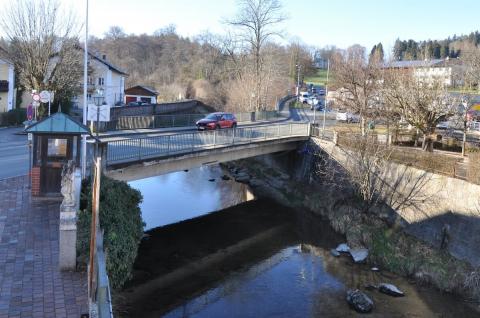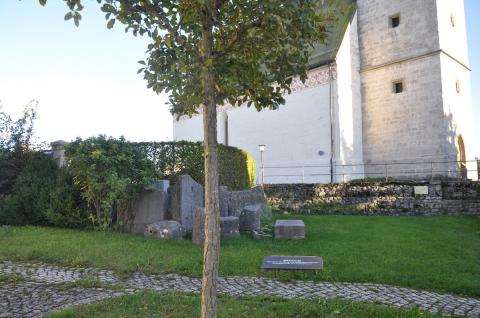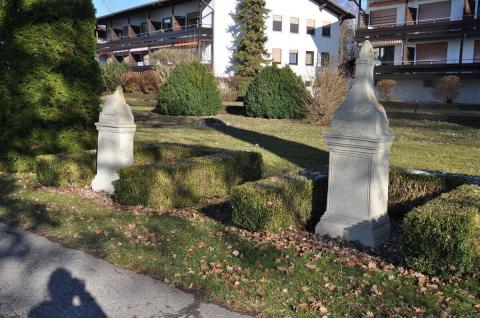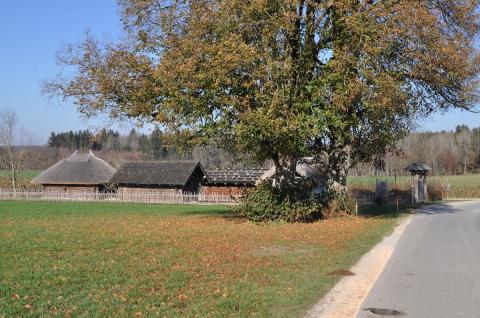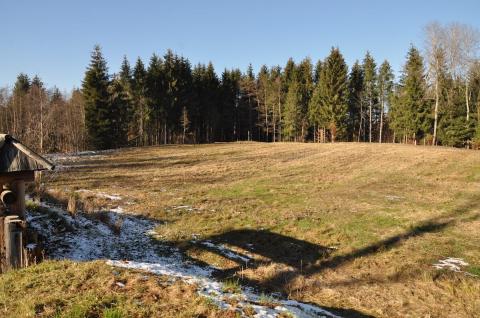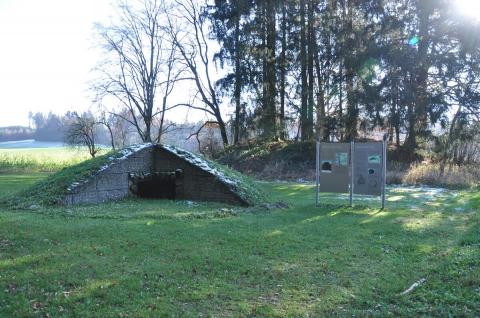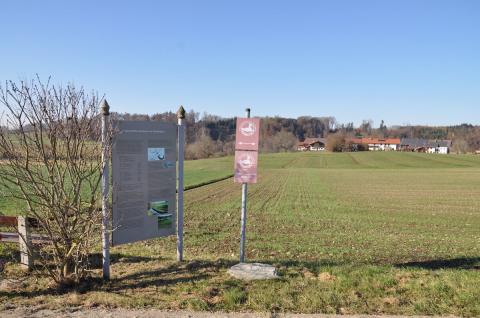On tour in the Römerregion Chiemsee
Let’s go back in time: It is the year 250 A.D and all of Southern Germany has been conquered by the Romans – all of Southern Germany? Not quite! In South-Eastern Bavaria, between Rosenheim and Salzburg, the Romans came in peace, bringing their families and living in harmony with the native Celts. Wealthy Roman settlers were particularly drawn to the hospitable Chiemsee countryside and had an eye for the most beautiful sites to build their country estates. Many of these places, such as Seebruck, survived the fall of the Roman Empire and remain populated to this day; others exist in nothing more than ancient place names and archaeological ruins hinting at bygone glory …
The sites are freely accessible unless otherwise indicated. Information on sites located in museums, town halls, or tourist information centres is available on the respective websites.
Mosaics on display in the Roman museum Grabenstätt
Mosaic floors from the large Roman estate at Erlstätt have been pieced together. Young visitors can try their hand at making their own mosaics.
The Roman estate "auf den Maueräckern"
Look through the peephole and see one of the region's largest Roman estates with its numerous buildings, as it once stood!
Prehistoric trade routes
An information board located in the Kurpark in the centre of town informs visitors about the numerous bronze-age finds discovered in the Achental valley.
Natur und landscape 2000 years ago
What did the Chiemsee region look like 2000 years ago? Which plants and animals did the Roman settlers bring with them?
A Roman gravestone in the church
View the original Roman gravestone on display in St. Margarethe which was found in the church's foundations during restauration work in 1987.
Roman memorial stele
A painstakingly reconstructed Roman stele is on view in Staudach-Egerndach on the road from Grassau to Bergen.
A Roman road and a cult site
This installation features the Roman road from Augsburg to Salzburg and a cult site on the nearby Höhenberg which was used continually for centuries.
The votive stone of a beneficiarius
The name of the Roman official TULLIUS JUVENIS is preserved in the votive stone he offered to the regional deity BEDAIUS.
A Roman estate in Bruck
The installation commemorating the Roman settlement of Bruck is located near the art gallery on the banks of the River Prien with a view over the site of the original estate.
The remains of a temple or castellum
The Roman museum Bedaium is situated near the church where once the Roman temple of BEDAIUS and later a Roman castellum stood.
A Romano-Noric gravefield
The gravefield located outside the settlement BEDAIUM was some 200 meters long.
Replica of a Celtic homestead
In the small settlement of Stöffling, somewhat north of Seebruck, a number of Celtic coins and fibulae were found.
A Celtic fort "Viereckschanze"
The almost perfectly square walls of the fort measure 85 x 90 m in length and were surrounded by a ditch or moat.
Hallstatt period burial mounds
The burial mounds of Steinrab lie under woods and in a meadow.
Bronze age hoard sites
The hoards of valuable bronze are 4000 years old and were probably deposited near a spring as offerings to the gods.


